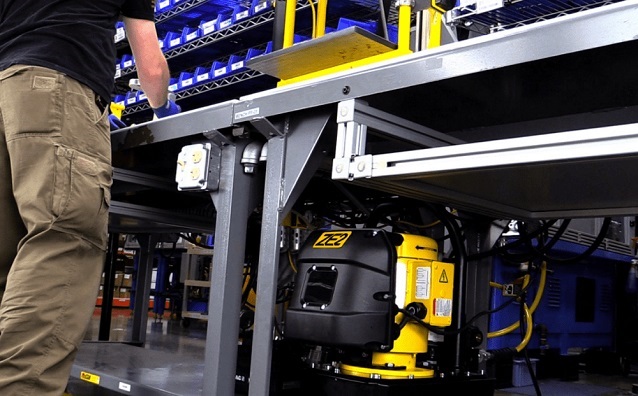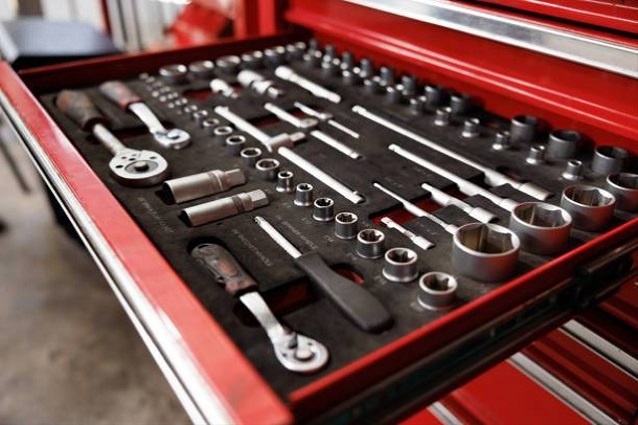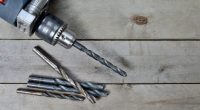7 Factors to Consider When Purchasing Workshop Equipment
Procuring quality, efficient and lasting industrial machinery can be a daunting task. This has a direct impact on overall productivity, securing an edge over the competition, and the success of your company. Regardless if this is a small workshop or a large industrial facility, the right equipment should meet your current and future business needs, be compatible in terms of size, scale and scope, and fall within budget. These are just a few critical considerations when scouring the long list of available industrial and workshop machines and equipment.
The Role Of Industrial Machinery

Machinery is the backbone of numerous industries, ranging from construction and manufacturing to storage and warehousing, or general repairs and parts fabrication. The list includes complex yet effective presses, lathes, grinders, cutters, welders, saws, milling and drilling machines seen in metal fabrication, woodworking, tooling and general fabrication; material handling pieces – conveyor belts, stackers, packers, lifts, cranes, forklifts and automated systems (AMRs and AGVs); and loaders, excavators, tractors, dozers, compactors, dump trucks in construction. This is just a short list of industrial and workshop equipment, with hundreds of specialised pieces of equipment in as many sectors.
Machines are directly involved in production, assembly, storage and transport, speed up productivity reduce workplace injuries, and increase precision and the value of end products with higher turnover, translating to higher profitability.
Procuring Machinery That Meets Business Needs
Examining your company’s needs, with the current set of tools, machines and equipment, and machinery that needs to meet future and long-term goals is one way to justify the high initial purchase cost. Assess what tasks and services your business provides, and how new workshop machinery can help expand your business or increase productivity and profits. By setting clear objectives and realizing budgetary, space and other constraints (such as employee training) will businesses make better buying choices.
Choosing What’s Right
Size, production capacity, energy requirements, power output and overall safety features are just a few considerations in choosing the right equipment. Of course, this is after you’ve decided that what you get meets company goals. New machines can also be a replacement for older versions that have proven capable or effective in the past, but now show their age, are in constant need of maintenance, and have been surpassed by newer equipment that considerably accelerates production or processing speeds, including simplified controls, or enhanced safety.
What you choose will be based on space requirements (these things can get big), how power is supplied (single or three-phase), overall energy consumption and whether they require special worker training. The equipment also needs to meet workplace safety standards within the general scope of the company. Adjusting power output, special features or accessories and maintenance and reliability with future goals is one way to ensure that what you get now will meet your business needs and stay relevant for a long time, while allowing your company to grow.
Set a Budget

High-quality, reliable machinery up to the task can cost north of five figures. This is palatable for existing or larger operations, but the cost might lead to restrictions or cost-cutting measures elsewhere if you’re just setting shop. Set and stay within a budget. Manufacturers and equipment stores will have defined lines of the same machines in different price brackets. Starting small is not to be looked down on; you can always upgrade to larger, higher-output machines later. If you’re on an even tighter budget, also consider buying used, but be sure that the machine is in good condition and functions as it should.
Reliability and Maintenance Costs
Durability, build and reliability all fall within overall costs that can translate to higher-end prices for your products, draining your competitive edge. Opt for equipment from established industry brands, built to last and has readily available maintenance parts should something go wrong. Regular maintenance should also be carried out to ensure no hiccups or downtime. Look for warranties on parts and equipment to reduce running costs and avoid surprises.
Choosing Suppliers
The right workshop equipment additionally means the right supplier. Regardless if you’re just setting up business or churning out quality products and services for decades. Do thorough research regarding supplier reputation, ensure the supplier has good customer feedback (with prompt responses to queries or when providing assistance), and that current and previous customers are happy with parts availability, maintenance and technical support.
New or Used?
Whether going for new or used equipment, request a demonstration or trial period to ensure your investment is exactly what you need. Suppliers that are flexible in their approach are the ones to stick to. New machinery and equipment have updated technology, usually a longer list of features to enhance productivity and safety, and can be handpicked to meet current and future business goals. Also, don’t rule out the benefit of warranties. Older gear is more affordable, has already endured depreciation costs, and is widely available. It is also an ideal option for specialised uses and projects, without the high price tag. Again, what you choose is based on business needs, budget and workplace constraints, including space and employee training.



